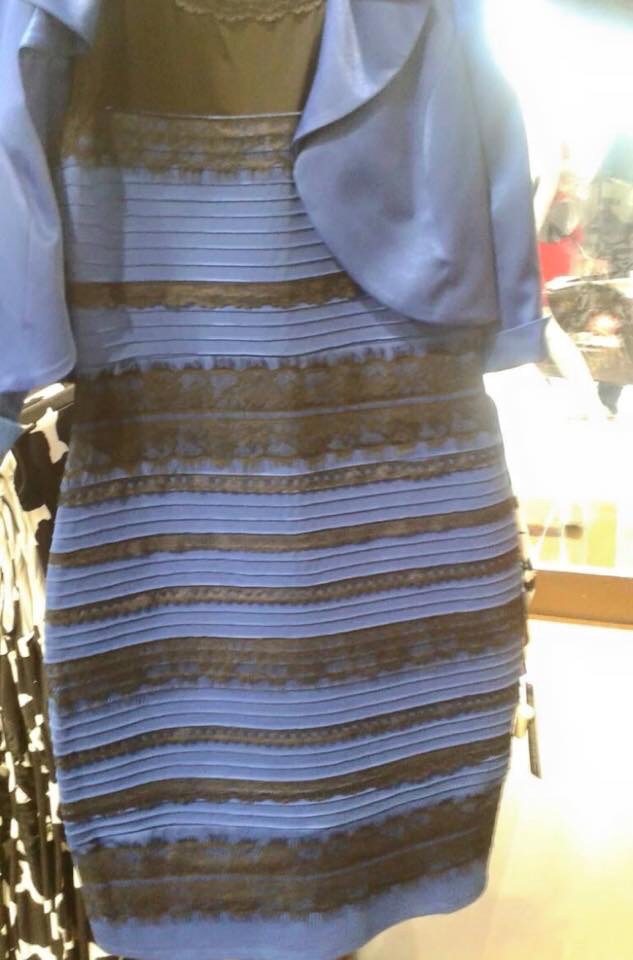Maybe you don't know that astronomers have known they weren't those colors. NASA makes artistic representations of statistical wobbles, and that can confuse the public, and images of both planets by NASA’s Voyager 2 mission, the only spacecraft to fly past these worlds, only recorded images in separate colors. Then NASA recombined images to create composite color images, which were not a “true” color image, so Neptune was often made “too blue”. Neptune images from Voyager 2 were strongly contrast-enhanced to enhance the clouds, bands, and winds of Neptune.
It was great art, but not science.
Both are actually a similar shade of greenish blue.

Voyager 2/ISS images of Uranus and Neptune released shortly after the Voyager 2 flybys in 1986 and 1989, respectively, compared with a reprocessing of the individual filter images in
this study to determine the best estimate of the true colours of these planets. Credit: Patrick Irwin.
Artificially-saturated color was disclosed and the images were released with captions explaining it, but that distinction became lost over time. Just like NASA promotes every exoplanet statistical effect as having 'implications for finding life on other planets' they leaned into the public relations of the colors.
By going back to the original data, plus utilizing Hubble Space Telescope’s Space Telescope Imaging Spectrograph (STIS) and the Multi Unit Spectroscopic Explorer (MUSE) on the European Southern Observatory’s Very Large Telescope, the study was able to reconstitute the most accurate representation yet of the color of both Neptune and Uranus. In both instruments, each pixel is a continuous spectrum of colors. Those data were used to re-balance the composite color images recorded by the Voyager 2 camera, and also by the Hubble Space Telescope’s Wide Field Camera 3 (WFC3).
Interestingly, they also learned why Uranus’s color changes slightly during its 84-year orbit of the Sun. Uranus has a highly unusual spin and appears a little greener at its solstices (i.e. summer and winter), when one of the planet’s poles is pointed towards the sun. But during its equinoxes – when the Sun is over the equator – it has a somewhat bluer tinge.
It effectively spins almost on its side during its orbit, meaning that during the planet’s solstices either its north or south pole points almost directly towards the Sun and Earth. That changes the reflectivity of the polar regions would therefore have a big impact on Uranus’s overall brightness when viewed from our planet.
If you think the real color of a blue dress is confusing, imagine figuring out the color of Uranus.






Comments